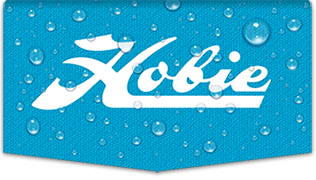|
There are a couple problems with reefing the mainsail on boats with the hook & ring halyard arrangement. They all have to do with how to support the mainsail in the "lowered' position.
You could just lower the halyard to the reefing point and then cleat it off. The problem is that the halyard will stretch under load which will most likely make your downhaul (and possibly mainsheet) ineffective. There's also some potential risk of breaking the halyard or halyard sheaves/castings since none of these components are really intended to support the full mainsheet & downhaul loads.
Another option would be to add a pigtail (low stretch cord or stainless steel cable) between the head of the mainsail and the halyard ring which drops the head of the mainsail down to the predetermined reef point. The problem here is that you would have to fully lower the mainsail, install the pigtail, and then re-hoist the sail to the reef point. Not exactly convenient. It might also be difficult to engage/disengage the halyard ring without it being supported by the head of the sail (i.e., it may just want to flop around).
The last option would be what you described - add a second hook to the mast. The problem here is that you would have to attach the hook to the aluminum part of the mast which would drop the sail down about 8 feet (that's a big reef). You also have the potential for the hook to poke into the sail when the sail is fully hoisted. Lastly, the comptip hook is not shaped to fit on the aluminum part of the mast, it is designed to fit on the much smaller tip of the mast. So you would either have to try and find an old H18 hook from an all-aluminum mast or have a custom hook made (or possibly modify the bend on a comptip hook).
The other issue is that the head of the sail is going to want to pull out of the comptip track. You would need to purchase a section of aluminum luff track to support the head of the sail at the reef point.
sm
|





